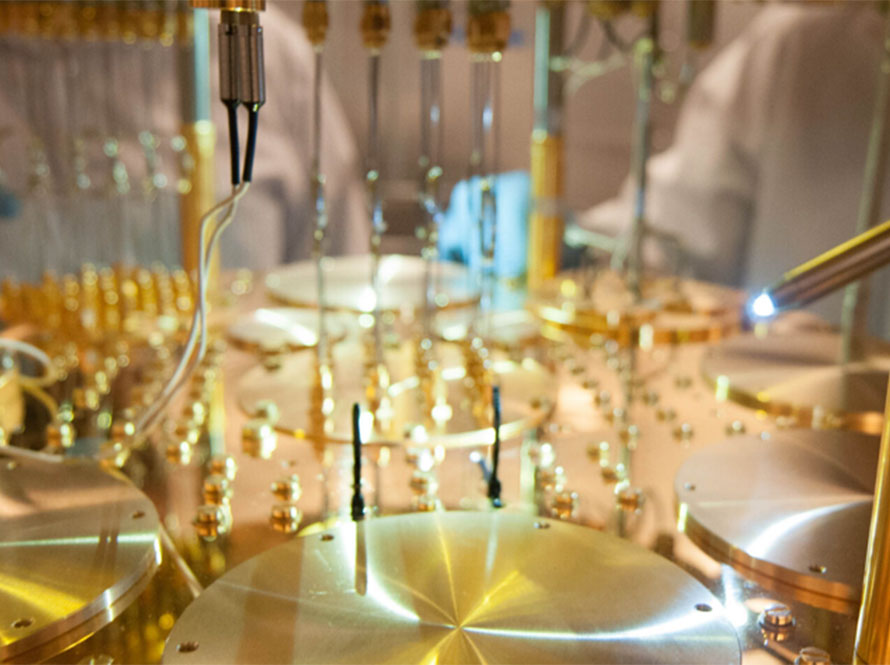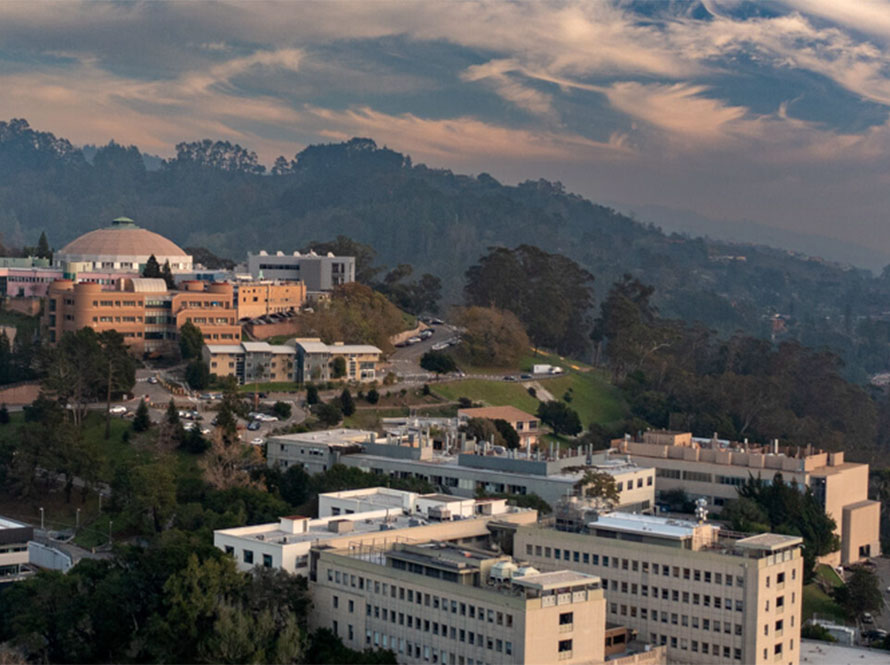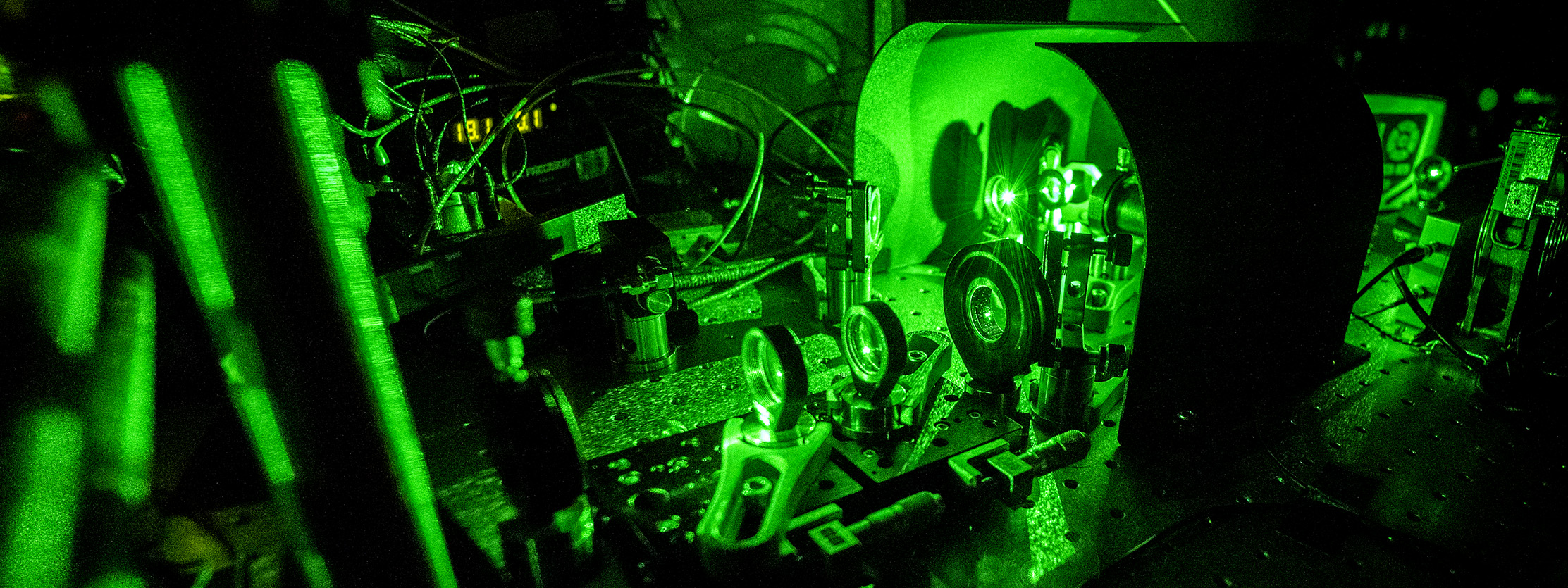As threats to national security evolve, we strive to offer solutions to all problems that do not fit into traditional Nuclear Security Technology (NST) and Chemical and Biological Technology (CBT) domains. This research area includes fields such as quantum sensing, data science, quantum information science, cyber security, climate change, and more.

Artificial intelligence is bringing transformative solutions to complex scientific challenges. Through advanced computation, network facilities, and data integration, Berkeley Lab is advancing the foundations of powerful new AI capabilities and using AI for discoveries in materials, energy, chemistry, physics, biology, climate science, and more.

Partnering with industry and academia, we’re working across the quantum research ecosystem — from theory to application — to fabricate and test quantum-based devices, develop software and algorithms, and build a prototype computer and network. We’re seeking breakthroughs in physics and chemistry, new materials, and more secure communications. And we’re helping prepare the future quantum workforce.

As we reach the limits of Moore’s Law using silicon chips, the challenges of energy demand, global supply, and climate change demand a new approach. We’re partnering with industry, universities, and national labs to develop new materials and techniques for smaller, faster, and more energy-efficient microelectronics.

In the 20th century, the development of computers and networks have allowed researchers to process and analyze massive data sets, validate theories with computer models, and use networks to pool expertise and resources to achieve breakthroughs. Berkeley Lab researchers continue to advance and apply novel approaches in computational science and networking to accelerate scientific discovery.

Berkeley Lab scientists are addressing the scientific questions required to scale up technologies that prevent carbon emissions from entering the atmosphere, remove and sequester atmospheric carbon, and convert carbon into biofuel and useful products, including new ways to process biomass into bioproducts.

Berkeley Lab scientists and engineers are developing new capabilities to revolutionize the way discovery science is performed, and to maintain our ability to deliver valuable research for the nation and world. Our innovations will lead to tomorrow’s breakthroughs in discovery science, clean energy, and a healthy planet.
